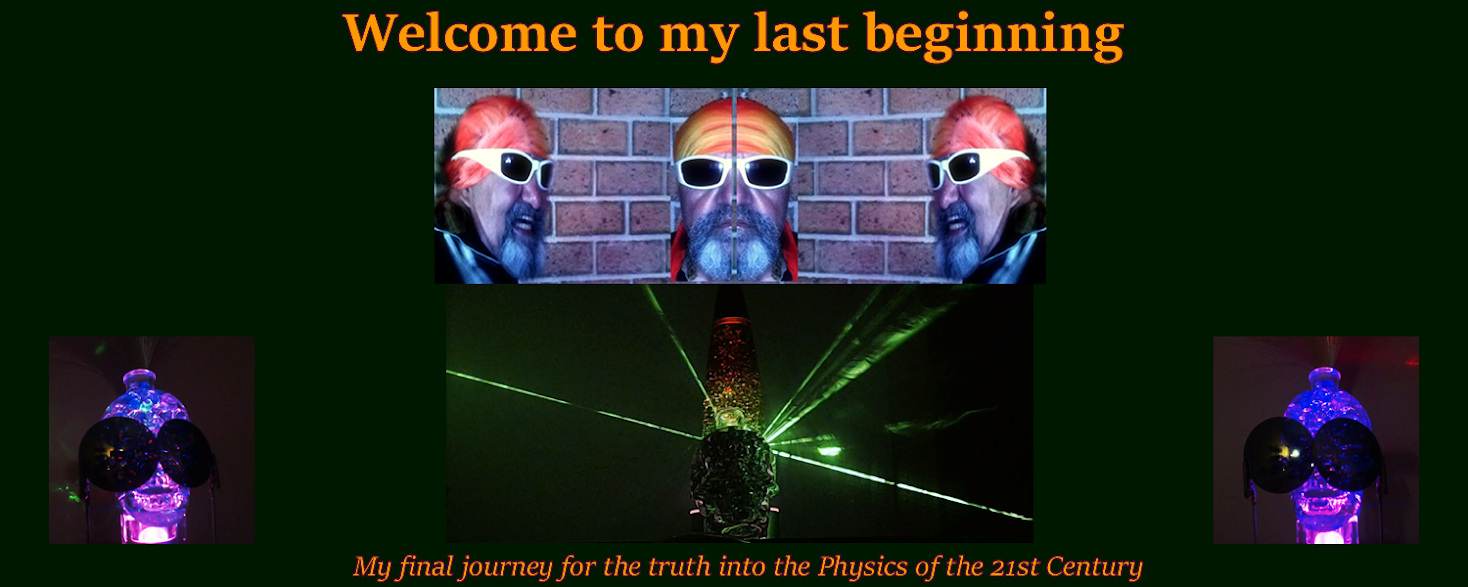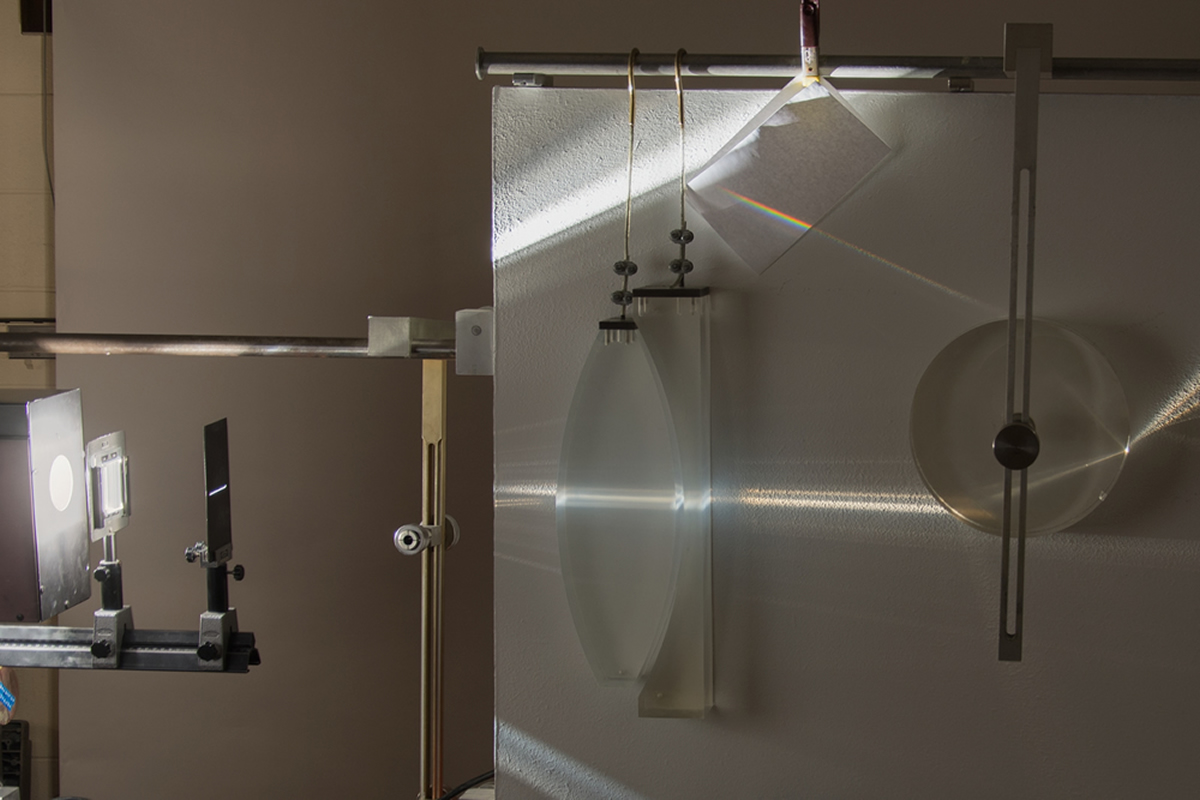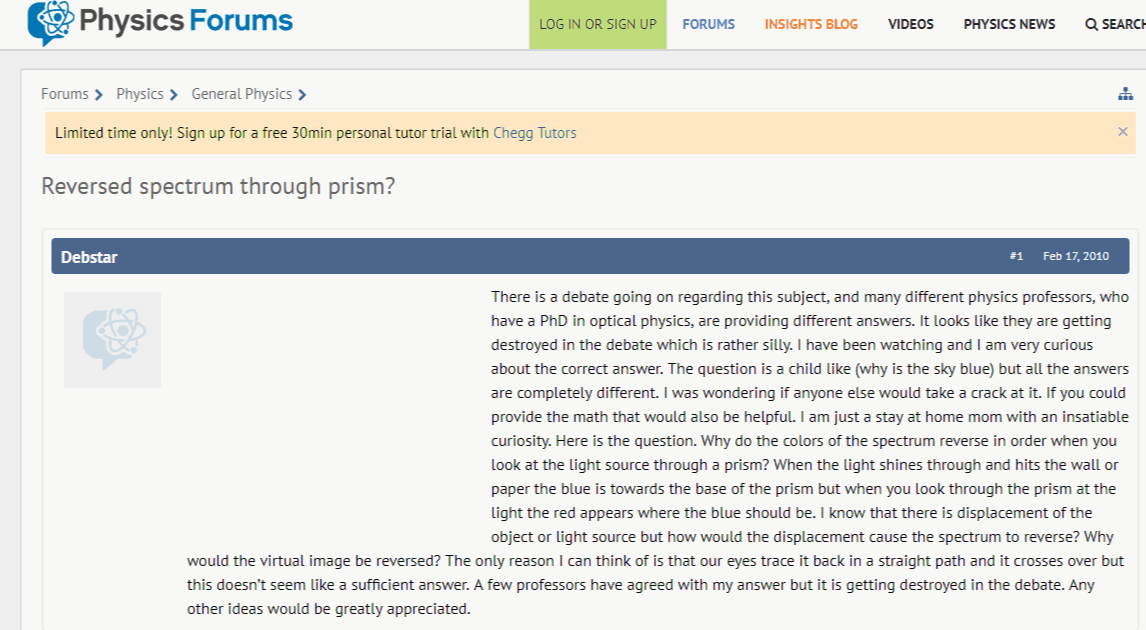Dispersion, Markus Selmke, is pointing at your overgrowing nose
Let's talk about dispersion, and let us begin by looking at dispersion in the context of the conventional understanding of rainbows.
The pictures above are all depicting the conventional understanding of how the spectral colours that form the so-called white light are dispersed in a raindrop. They have been created by representatives of some of the most reputable universities around the world. The message they convey is clear cut and identical for all. To my mind that practically means that what they are saying is not a subject of further interpretation or potential 'spin'.
Let us next have a look at some other pictures, which I have taken myself.
Now, can you read the message my pictures are displaying? You should be able to, and rather easily, for they are all screaming it loud and clear.
A glass ball, an acrylic sphere or a raindrop, for that matter, is a converging lens. Therefore, within an object of such kind any conventional dispersion of light is forbidden by default.
Need I say anything more? Come on, have you all overgrown a nose like Markus Selmke?
It is painfully sad to see how our 'modern prophets' get away with even the most idiotic declarations simply because the common man does not only believe that those who managed to acquire so great titles as Doctors of Philosophy and Professors Emeritus must know what they are talking about, but also that someone of his ilk is just not smart enough to understand or figure out things of the kind those smart ones appear to routinely eat for breakfast any given morning.
To show you what I mean, and also to prove to you that what I've said is undoubtedly correct, I'm going to give you one concrete and most popular example from the world of physics, of course.
One of the most popular questions asked on physics fora is how could it possibly be right the conventional claim that the sun rays are, for all intents and purposes, pretty much parallel to each other when they hit the earth. Many a time those who appear to have doubts about that conventional claim post images like the one below as corroborative evidence to their gut-feeling that, for once, physicists might be mistaken on this issue.
Needless to say, those incredibly smart physicists, who are routinely eating such 'simple' things for breakfast in a hurry, are not even minutely fazed by that kind of 'evidence' and as a 'proof' of their superior ability to reason they quickly post a picture themselves, which invariably shows the same thing the picture below does.
To that picture then they triumphantly add that "it's a mere matter of perspective, people", before drawing a full stop to the issue.
Now, I can tell you that I have seen threads exactly like the one I depicted here dozens of times, and yet not once I have witnessed any rebuttal of the conventional argument above, despite of it being so darned stupid that it still makes my skin crawl every time we cross paths in one way or another.
Now let me show you how easily it can be proven that this conventional line of reasoning is particularly stupid.
If you ever come across an 'explanation' like the one above ask the 'explainer' to draw on a piece of paper not merely one pair of rails that make a railway track, but as many as he, or she, can manage. (If he, or she, asks why just say that the sun is not radiating just two rays either.) Now, I can very confidently tell you that upon attempting to fulfill such request anyone will visibly begin to 'stutter' after not more than a minute or two. Why? I'll show you why--see the picture below.
Regardless of how close to really parallel one may draw each successive pair of 'rays' pretty soon one will have no choice but to 'close the circle' so to speak, and that will immediately render that conventional argument totally flawed. And stupid. And idiotic. (Don't ask again "why", for anyone should need no further help to see "why" from here onward, surely.)
Two days after publishing this post I am concluding it by bringing to your attention more visual data that reinforces what I was talking about in the first part of this post. Let us have a good look thus at the pictures below, which are all creations of the conventional physics establishment.
Let us look carefully at the points where the dispersion of the incident white light does occur, and then let us think for a while about the likely explanations and implications of our observations. After all the first of the freedoms we all want, claim and boast about is the freedom of thought, isn't it? We're all free thinkers, aren't we?
Until next time I say hooroo, from a hot Down Under.






































































